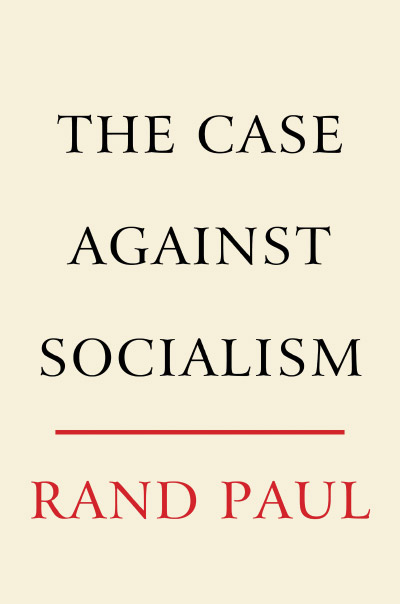

Collation Process by which the contents of a book are inspected for completeness, checking against internal evidence, the table of contents and/or plate list, and reference works.Chromolithograph Lithograph printed in colors, typically three or more.Reverse calf, with a distinctive suede-like texture, is occasionally used. Readily marbled (“tree calf”), mottled, diced, colored, polished, tooled in gilt or blind, even scented (known as “russia”). Calf Binding material made from cowhide-versatile, durable, usually tan or brown in color, of smooth texture with no or little apparent grain.Broadside Sheet printed on one side, typically for public display, usually larger than folio size (a folio being a broadside-size sheet printed on both sides and folded once, to make four pages).Book-Plate Label, generally affixed to the front pastedown, identifying a book’s owner.Of particular value to collectors as evidence of a very early form of the book. “Original boards” refers to cardboard-like front and back boards, from about 1700 to 1840, used as temporary protection for books before their purchasers would have them bound. Boards Hard front and rear covers of a bound book which are covered in cloth, leather or paper.Association Copy copy that belonged to someone connected with the author or the contents of a book.


This was the last book Schumpeter published in his lifetime and it was also his most controversial. Octavo, original blue cloth.įirst English edition (published one year after the first American), “full of brilliant observations and conjectures” (Niehans, 450). “ONE OF THE MOST PROVOCATIVE BOOKS EVER WRITTEN ON THE FUTURE OF CAPITALISM”


 0 kommentar(er)
0 kommentar(er)
